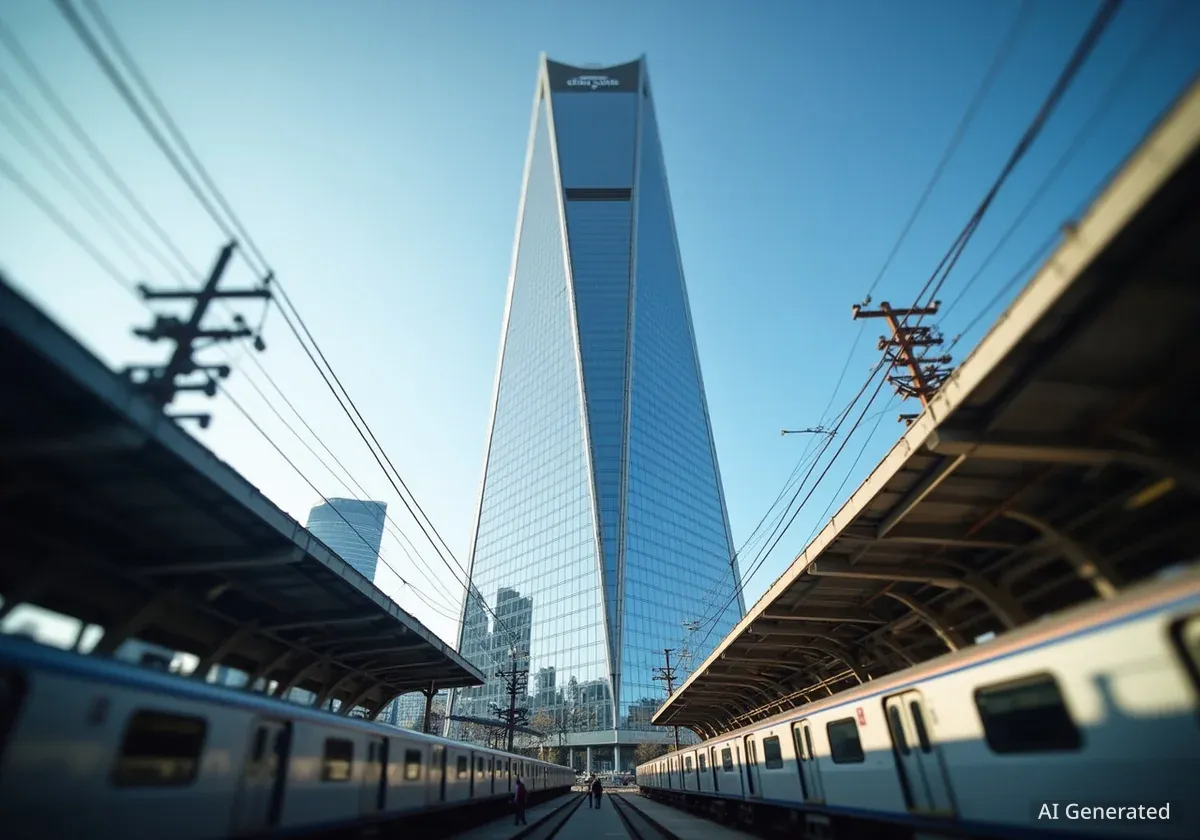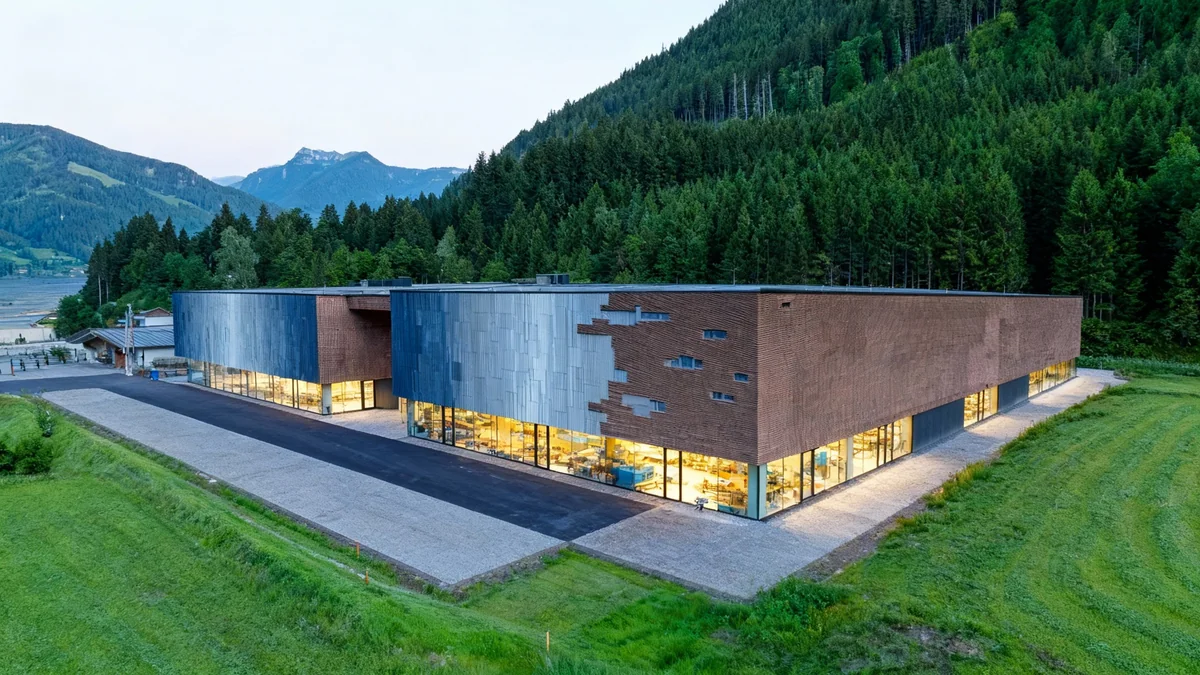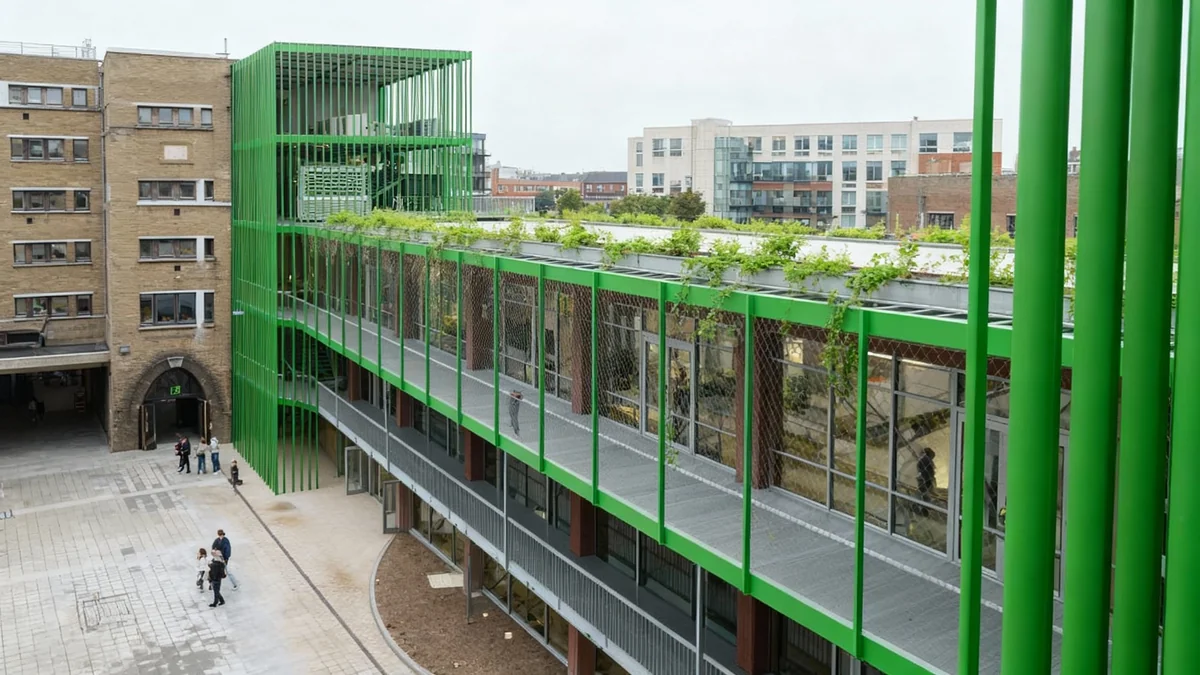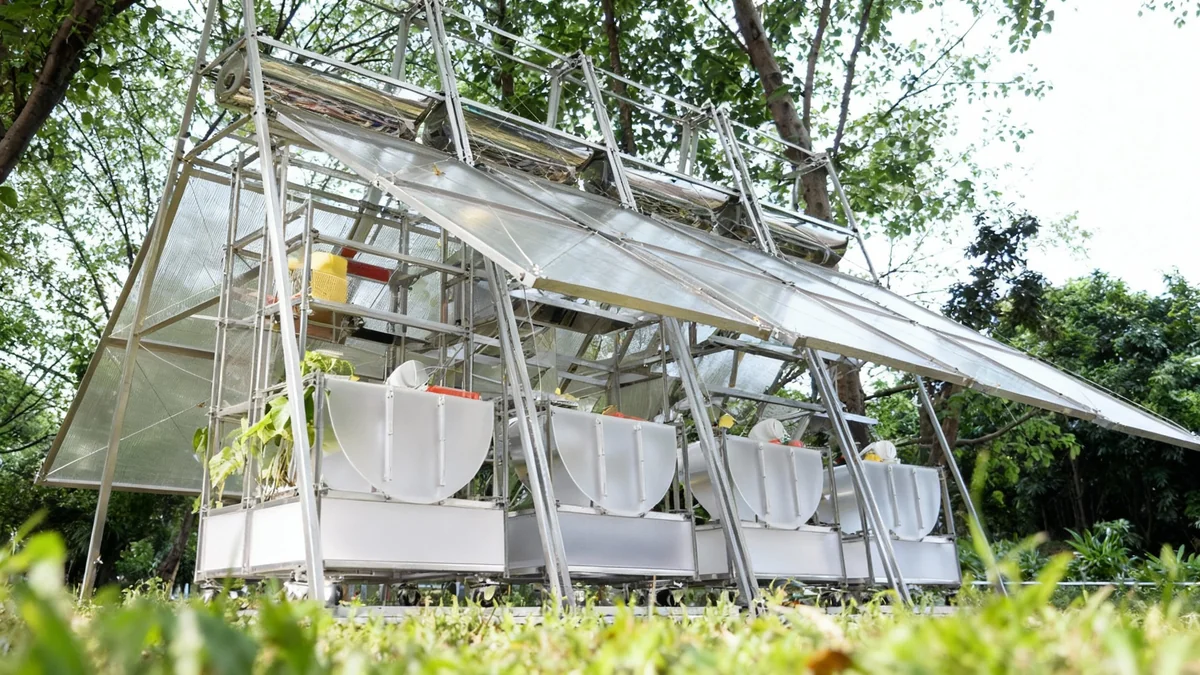A new skyscraper has reshaped the Boston skyline, rising directly above one of the city's busiest transportation centers. The South Station Tower, a mixed-use high-rise, is now substantially complete after a complex construction process that required crews to work for two years exclusively at night to avoid disrupting train service.
Key Takeaways
- The South Station Tower is a new mixed-use skyscraper built over Boston's historic and active South Station.
- Construction presented major logistical challenges, including two years of nighttime-only work over live train tracks and delays due to the global pandemic.
- The project significantly expands public transit infrastructure, increasing the bus terminal's capacity by 50%.
- The tower features private residences, extensive resident amenities, and public spaces, including a new restaurant.
A Complex Engineering Feat
The development of the South Station Tower represents a significant achievement in urban construction and engineering. Building a 51-story skyscraper directly on top of a functioning train and bus terminal presented unique obstacles that required innovative solutions.
Sarah Hawkins, who leads the U.S. East market for the development firm Hines, described the effort as herculean. She explained that the most critical phase of the project had to be conducted under highly restrictive conditions to ensure public safety and maintain transit operations.
"We had to work only in the nighttime for two years," Hawkins stated. "We not only went through construction shutdowns, through the global pandemic, but we could only work at nighttime because the trains were running."
This approach meant that all heavy construction over the tracks was limited to the few hours when the station was closed. This painstaking process was essential to erect the massive platform upon which the tower now stands, all without interrupting the daily flow of thousands of commuters.
Integrating with a Historic Landmark
South Station first opened in 1899 and is listed on the National Register of Historic Places. A primary challenge for the project was to add a modern skyscraper without compromising the architectural integrity of the original neoclassical terminal building. The design sought to complement, rather than overshadow, the historic structure below.
Architectural Vision and Design
The design of the South Station Tower was managed by the architectural firm Pelli Clarke and Partners. The firm aimed to create a structure that respected Boston's rich history while also representing its future ambitions as a global city.
Graham Banks, a partner at the firm, detailed the design philosophy behind the tower's distinct look. He highlighted the use of arches as a key architectural element that serves both an aesthetic and a structural purpose.
"The arches are really what reflects the structural solution, which was a combination of the latest technology in steel and concrete but also some surprisingly traditional methods of arches," Banks explained. This blend of old and new techniques allows the modern tower to echo the classic forms of the original station below it.
A Quote from the Founder
Graham Banks noted the influence of the firm's late founder, Cesar Pelli, on the project's philosophy. "Cesar Pelli, our founder, always spoke about how no building is more important than the city," Banks said. This principle guided the design to ensure the tower served as a positive addition to the urban fabric.
The tower's location is strategic, creating a new focal point that connects several distinct Boston neighborhoods, including the Greenway, the Financial District, Fort Point, and the Seaport. By rising above the transit hub, it provides a clear visual marker for South Station from across the city.
Enhanced Public and Private Spaces
The South Station Tower is more than just an office or residential building; it is a multi-faceted development designed to serve commuters, residents, and the general public. A major component of the project was a significant upgrade to the existing transportation facilities.
Upgrades to Transportation Infrastructure
The project included a major expansion of the South Station Bus Terminal. This expansion increases the terminal's capacity by more than 50%, allowing for more routes and alleviating congestion. Additionally, the train tracks and platforms are now protected by a new, modern concourse gateway, improving the commuter experience by shielding them from the elements.
Amenities for Residents and the Public
The tower is designed with a clear separation between its public and private functions. Key features include:
- Public Restaurant: A restaurant on the ninth floor will be open to the public, offering new dining options in the area.
- Residential Floors: The upper 16 floors of the tower are dedicated to 166 luxury condominium residences.
- Sky Park: On the 11th floor, a private park for residents offers a green oasis and a place to relax.
- Amenities Club: The 36th floor is home to an exclusive club for residents, which includes a library, a swimming pool, and a chef's kitchen for private events.
These features aim to create a self-contained community within the tower while also providing new public resources that enhance the surrounding neighborhood.
A New Hub for Downtown Boston
With residences nearing completion, the first homeowners are preparing to move in. For many, the tower's central location and panoramic views were major draws. New residents Larry and Tracy shared their enthusiasm for the building's connection to the city.
"Everywhere you look, this building feels like Boston to us," they said. "Every window we look out we see a different part of the city that we love."
This sentiment reflects the developer's and architect's goal of creating a building that feels intrinsically part of the city. They envision the tower becoming the new "heartbeat" of this central Boston nexus, with its influence extending to everyone who lives, works, or passes through it.
Graham Banks summarized the tower's ultimate purpose as a new gateway for Boston. "When they built South Station there weren't any towers," he noted. "Now it's dwarfed, but really we extended the presence of South Station up into the skyline and now you'll always know where it is." The tower not only adds to the skyline but also reaffirms the station's importance as a central point in the life of the city.




